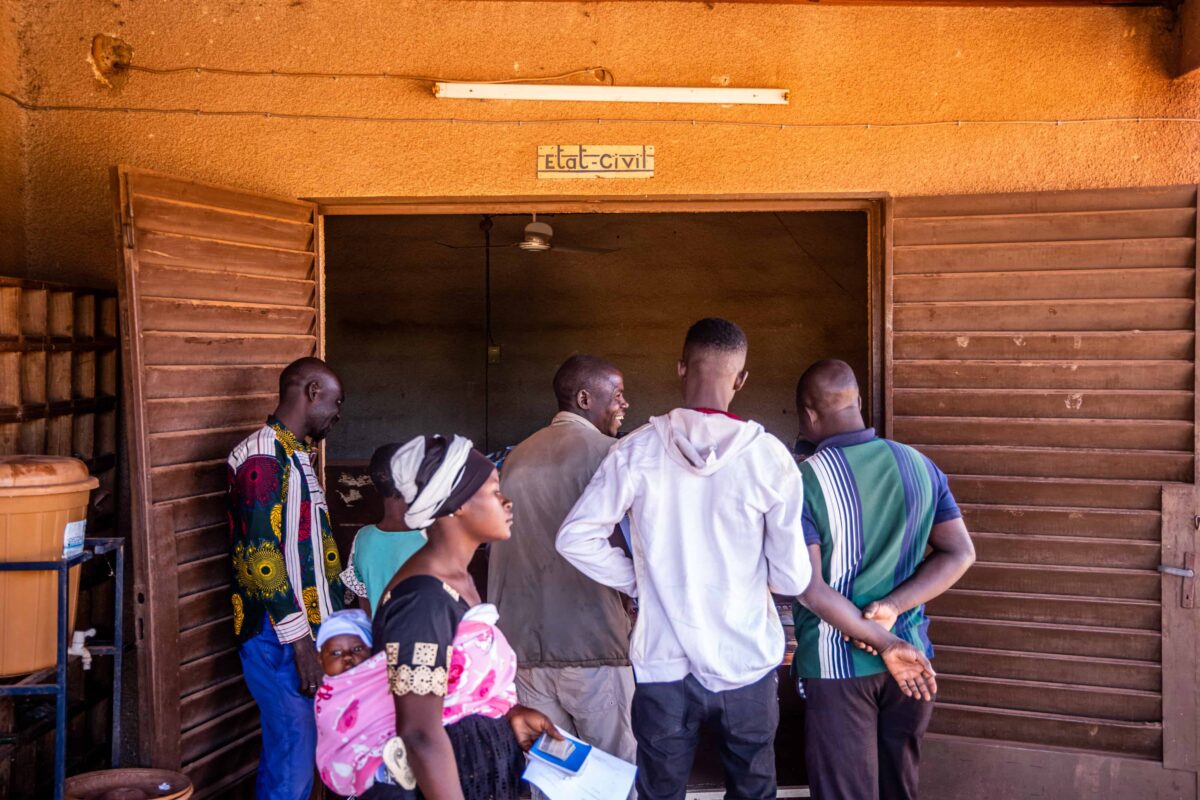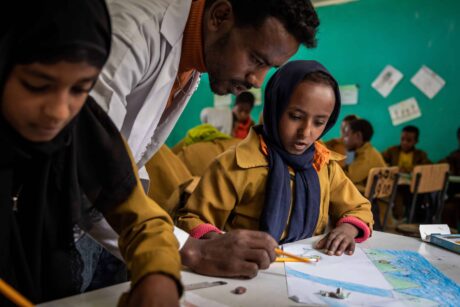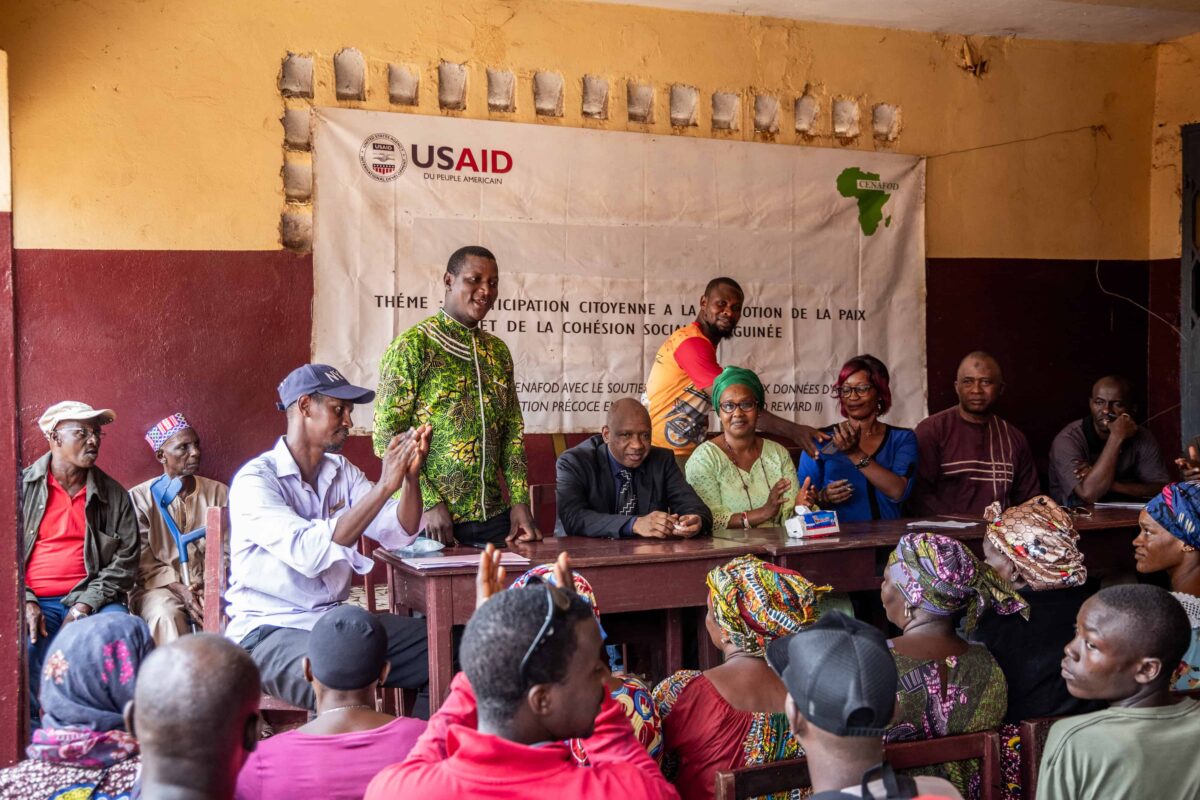In 2015, the government of Mali and a coalition of armed groups signed a Peace Accord with the hope of ending the cycles of violence and better integrating the northern regions into the nation-state.
However, a variety of factors impeded the full implementation of the Algiers Accord and regional development plans, including stalled negotiations between the signatories of the Peace Accord, the government’s absence in many of these communities, slow progress toward decentralization, continued attacks by violent extremist organizations, and a complex landscape of ethnic rivalries and distrust.
The Mali Peacebuilding, Stabilization and Reconciliation project, funded by the U.S. Agency for International Development and implemented by Creative Associates International, sought to address these challenges by shifting the relationship between citizens and the government. The five-year project built trust and communication between communities and government, assisted communities in detecting and responding to warning signs of conflict and brought citizens and local leaders together to build peace.
The project focused on 46 communities, or “communes,” in the Mopti, Ségou, Gao, Kidal, Ménaka, Taoudénit and Timbuktu regions.
The project fostered local ownership of peacebuilding and strengthened the links and communication within and between communities and with the government, with a focus on elevating the voices and engagement of often-marginalized groups like women, youth and ethnic minorities.
A “shared responsibility — shared success” approach enabled community and state institutions to work together to identify needs and collaborate on problem-solving, rebuilding trust, reducing conflict and improving the delivery of services to citizens.
At the same time, the project engaged with youth organizations, civil society groups, community and religious leaders, schools and families to combat the factors that opened the door for recruitment into violent extremist organizations. By building awareness about the factors that drive violent extremism, offering counter-messaging and involving youth in civic activities, young men and women and the communities at large built resilience to these groups.
The project made governance more inclusive and improved government’s ability to address the grievances of different groups, while increasing the civic engagement of a wide range of citizens. Through these joint efforts of governments and local leaders, communities could better transition from a state of conflict to resilience, peace and reconciliation.


